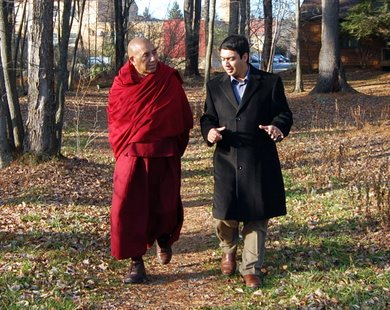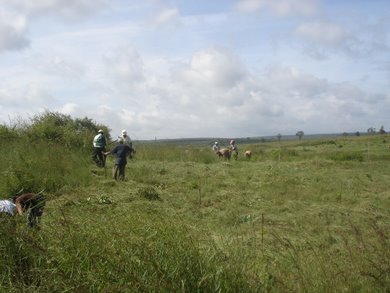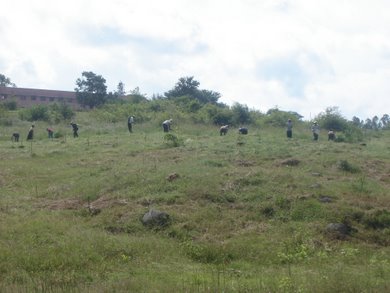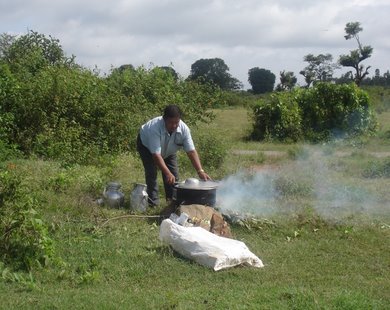Due to overwhelming community support, 20,000 more pongamia seedlings are being cultivated in the Tibetan settlements of Rabgayling and Bylakuppe. The plants will be distributed next planting season to local farmers who’ve expressed interest in the Himalayan Institute’s Energy Farming program.
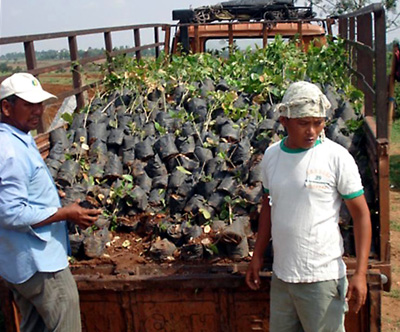
Pongamia seedlings ready for transport.
These small seedlings represent the start of a new sustainable industry for the Tibetans in India. Over the last decade, the Tibetan government-in-exile has provided training in organic farming to refugees, usually through community outreach programs. Prime Minister Samdhong Rinpoche describes the transition away from chemical pesticides and fertilizers as a campaign for “non-violent agricultural practices.” With remarkable gains in soil quality and crop yield already materializing, the Central Tibetan Administration is looking to the Himalayan Institute to help diversify into oilseed and medicinal crops.
Today, on the Bylakuppe demonstration plots, the Himalayan Institute showcases many of the same herbs grown on its campuses in the United States, Mexico, and Cameroon for use in Total Health herbal formulations. There are gardens of tulsi, turmeric, ashwagandha, and brahmi, as well as indigenous herbs like guduchi which thrive in the hot South Indian climate.
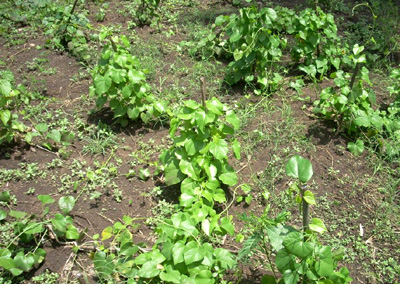
Guduchi, an important herb in Ayurveda, has found its place in modern medicine as a hepatoprotector: it is prescribed to reduce the liver damage caused by heavy-duty antibiotics.
The additional infrastructure developing to support the new crops will be the product of a truly Tibetan solution. All Energy Farming initiatives in the settlements are now being managed entirely by local staff. The Himalayan Institute continues to provide ongoing technical guidance and project oversight, as well as crucial data as it emerges from more mature Energy Farming projects in Cameroon and Mexico.
Wherever Energy Farming is implemented, the goals are the same: revitalization of marginalized rural communities through sustainable agriculture. As individual HI programs around the globe begin to take root and win local support, the power of a wider, spiritually-grounded philosophy becomes apparent, one that offers a holistic approach to the problem of poverty and honors the connection between the quality of the soil, the livelihood of the farmer, and the health of rural communities.
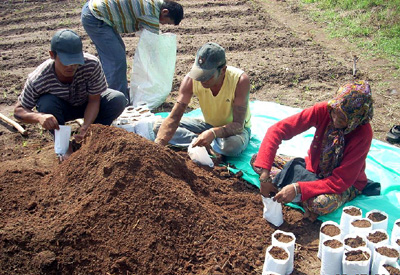
Tibetans fill bags with rich soil for the pongamia nursery.



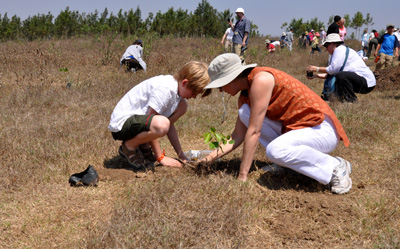
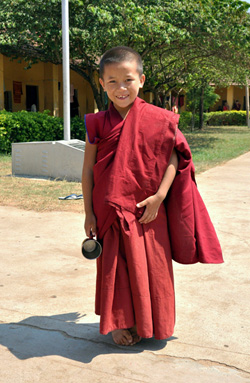

 Energy Farming program launches at Rabgayling Tibetan settlement. A model Pongamia nursery with 8000 seedlings and a 20-acre demonstration farm are established.
Energy Farming program launches at Rabgayling Tibetan settlement. A model Pongamia nursery with 8000 seedlings and a 20-acre demonstration farm are established.







